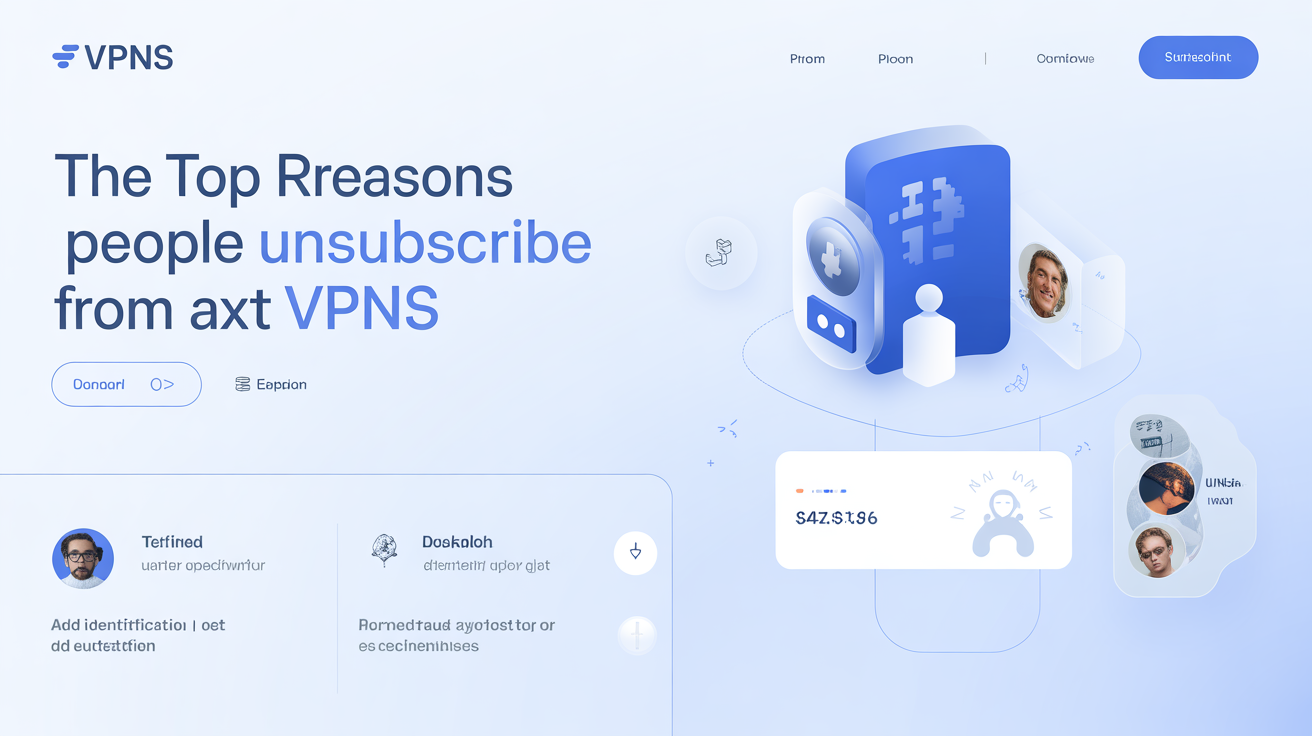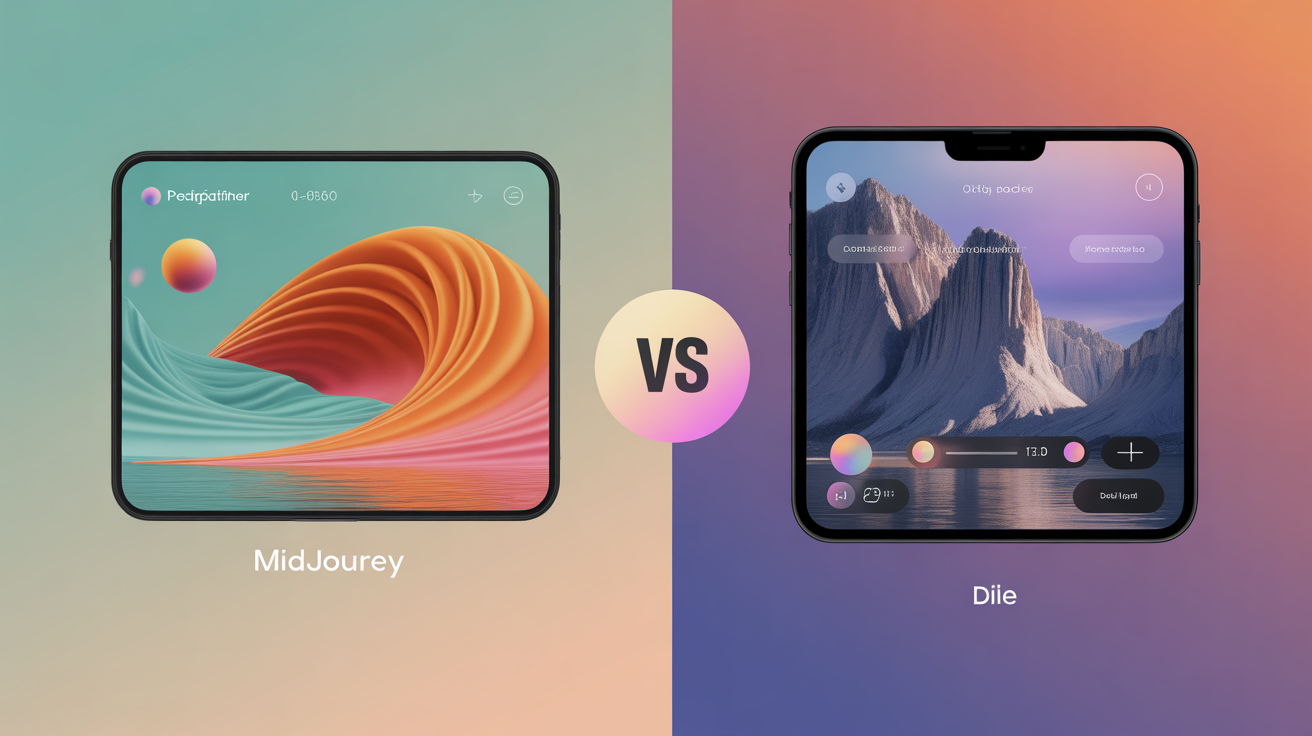
: An Engineer’s Deep Dive
Virtual Private Networks (VPNs) have been a cornerstone technology in personal privacy, corporate security, and bypassing geographic restrictions. Yet, despite the surging demand for VPN services globally, a considerable number of subscribers discontinue their VPN plans, often citing reasons that go beyond price or marketing gimmicks. Understanding why users unsubscribe is crucial for developers creating resilient,user-amiable VPN solutions as well as for investors and founders navigating the competitive cybersecurity space.
This article explores with analytical depth the technical complexities, usability challenges, trust factors, and economic dynamics driving VPN unsubscriptions. We uncover what lies beneath typical churn metrics and present how advanced engineering and research efforts can address these pitfalls.
VPN Performance Degradation: The Silent Killer of User Retention
how Latency and Throughput Affect Perceived VPN Value
Users expect VPNs to provide seamless access to digital resources without bottlenecks.Though, high latency and reduced throughput are commonly cited reasons for dissatisfaction. These performance issues often stem from network congestion, limited server infrastructure, or inefficient protocol implementations. Developers must understand that even sub-200 ms round-trip times can annoy users in latency-sensitive contexts such as gaming or streaming.
VPN throughput often decreases by 50% or more depending on encryption overhead and server location. This performance drop can discourage users if they experience frequent buffering or slow file transfers, especially when the VPN’s pitch emphasizes “ultrafast connections.”
Checklist: Engineering for Optimal VPN Speed
- Implement modern, lightweight protocols like WireGuard that minimize overhead.
- Deploy geographically distributed server clusters to reduce physical distance to users.
- Enable adaptive routing techniques to avoid congested network paths.
- continuously monitor per-node KPI metrics, including p95 latency and packet loss rates.
Common Pitfalls in VPN Network Architecture
- Overloaded servers due to poor autoscaling policies.
- Using legacy SSL/TLS tunnels instead of optimized UDP-based protocols.
- Ignoring last-mile complications like users’ ISP throttling.
This performance degradation has the potential to disrupt user loyalty – with amazing precision!
Ineffective User Experience: Friction as a Churn Vector
The impact of Complex Setup and Confusing UI on Subscription Dropping
Unsubscribing is often a byproduct of frustration. VPN providers sometimes overlook how first-time user experiences or recurring interactions contribute to retention. Common user grievances include confusing onboarding workflows, poorly explained permission prompts, and unintuitive client interfaces.
Technical users may initially tolerate complexity, but even seasoned engineers expect clear feedback and configuration transparency. Non-technical users, meanwhile, may abandon a VPN entirely rather than troubleshoot connectivity issues.
How to Build Retention-Focused UX for VPN Clients
- Implement streamlined onboarding with contextual help and defaults tuned for typical use cases.
- Provide clear connection status indicators and logs accessible for advanced troubleshooting.
- Include easy subscription management and cancellation paths to build trust.
Diagram-in-Words: User Interaction Flow to Minimize Churn
Imagine a funnel where every step – from app installation,first connection,tunnel configuration,daily usage,billing renewal,to cancellation – is designed to minimize confusion and empower the user. Identifying friction points at each stage can dramatically reduce involuntary or frustration-driven unsubscribes.
Privacy Concerns and Transparency deficits Fueling User Attrition
The Paradox of Trust in a Privacy Product
vpns promise privacy, yet lack of transparency around data handling or connection logs can led to mistrust. Regulators and watchdogs highlight numerous VPN services logging user metadata despite claiming zero logs. This disparity is a primary driver for cancellations, especially among privacy-conscious customers.
Security engineers and researchers often audit VPN services for transparency reports and undergo self-reliant third-party penetration testing – a rigorous market differentiator. Founders should prioritize clear policies and cryptographic proofs wherever applicable.
API and Configuration Notes for Privacy Assurance
- Use ephemeral, memory-only keys for session encryption-avoid persistent keys accessible on disk.
- Integrate hardware security modules (HSMs) or trusted Execution Environments (TEEs) for key management.
- Implement multi-jurisdictional server farms compliant with diverse privacy regimes, avoiding mass surveillance jurisdictions.
Transparency – or the lack thereof – has the potential to disrupt user trust instantaneously.
Pricing Models and Economic Friction Leading to Unsubscriptions
How Subscription Costs vs. Perceived Value Affect Churn
Econometrics show many VPN users weigh cost against performance and privacy gains. While free VPN options exist, paid services are expected to deliver proportional added value.If users feel pricing tiers offer inadequate features or if hidden fees emerge, they may unsubscribe en masse.
Strategies to Align Pricing with User Expectations
- Offer transparent, tiered pricing with clearly stated limits and benefits.
- Use data-driven segmentation to design plans targeted to different user personas (streamers vs. business travelers).
- Incorporate usage-based billing as an optional mode to prevent overpaying for occasional users.
KPIs for Monitoring Pricing-Related Churn
- Monthly Recurring Revenue (MRR) growth vs. churn rate stratified by plan type
- Average Revenue Per User (ARPU) trends
- Customer Lifetime Value (CLV) predictions factoring price elasticity
Device Compatibility and Platform Limitations Impacting user Continuity
Fragmentation of Operating Systems and VPN Client Support
VPN users connect from diverse devices – from Windows and macOS, to iOS, Android, and increasingly Linux or browser extensions. Platforms with partial or unstable VPN client support provoke cancellations due to connection failures.
Engineering Remedies for Cross-Platform Stability
- Develop native clients tailored per OS leveraging platform-specific networking APIs.
- Regularly update clients for compatibility with latest OS releases and security patches.
- Offer robust fallback protocols and kill-switch features to maintain security during interruptions.
Open source projects such as WireGuard for Apple Platforms exemplify how community-driven efforts bolster device support and foster trust.
Customer Support Challenges: The Overlooked Factor Driving Disengagement
Why Responsive Support Prevents Unnecessary Unsubscriptions
VPN is a service heavily reliant on continuous availability. Users who face prolonged outages, connectivity trouble, or billing issues but cannot reach timely support often unsubscribe out of frustration. Support responsiveness and technical knowledge directly correlate with retention.
Checklist for Scalable VPN Customer Support
- Implement 24/7 multilingual live chat support and detailed FAQ knowledge bases.
- Utilize AI-assisted ticket triage systems to accelerate problem resolution.
- Collect and act on user feedback loops to improve technical guides and client functionality.
Lack of Feature Innovation: Stagnation Risks Subscriber Exodus
Why VPN Users Expect Feature-Rich Experiences
Modern VPN users look for integrated features beyond basic tunneling, such as ad-blocking, multi-hop routing, port forwarding, or IoT compatibility. Failure to evolve product offerings risks perceived commoditization and churn as competitors introduce novel capabilities.
Innovative Features with Potential to Disrupt
- Zero Trust Network Access (ZTNA) integration for enterprise-grade security.
- Decentralized VPN (dVPN) leveraging blockchain for enhanced trustworthiness.
- AI-driven anomaly detection for automatically identifying suspicious connections.
Forward-thinking teams can stay ahead of market churn by embedding these emerging features and clearly communicating their benefits.
Regulatory and Jurisdictional Risks Prompting Cancellations
How Changing Legal Landscapes Affect VPN operations and User Confidence
Governmental clampdowns, mandatory data retention laws, or outright VPN bans (e.g., in some Middle Eastern and Asian countries) sharply impact subscriber willingness to maintain active VPN subscriptions. users frequently enough unsubscribe rather than risk association with a perhaps illegal service.
Adapting VPN Architectures to Regulatory Challenges
- Leverage offshore jurisdictions with privacy-friendly legal frameworks.
- Implement distributed server models for rapid geo-remediation when nodes are seized or blacklisted.
- Build transparent policies to inform subscribers about risks and mitigations.
User Behavior patterns and Switching Costs Influencing VPN Drop-off
Analyzing User Journeys to Reduce Churn
Tracking subscriber usage patterns reveals moments of highest churn risk, such as post-promotion expirations or after one-off negative experiences. High switching costs (in effort and learning curve) traditionally helped retain customers, but rising availability of easy alternatives decreases these barriers.
Behavioral Engineering Techniques for Retention
- Deploy usage analytics dashboards for users to visualize benefits gained.
- Offer loyalty rewards, bundled services, or feature unlocks for sustained usage.
- Send personalized re-engagement campaigns based on in-app behavior triggers.
Technical Breakdown: Protocol Selection and Its Effect on Unsubscriptions
Protocol Overhead and Compatibility Issues
Legacy VPN protocols like PPTP and L2TP/IPsec suffer from known security weaknesses or performance inefficiencies contributing to dissatisfaction. New protocols such as wireguard considerably reduce handshake times and CPU usage, enhancing user experience.
Configuring Protocol Defaults for Maximum Adoption
Engineering teams should enable automatic protocol switching based on network conditions and device capabilities, enforcing best-in-class cryptographic standards without user intervention.
Marketing Overpromising vs. Technical Reality: A Root Cause of Churn
Aligning User expectations with Product Capabilities
Hyperbolic claims around “unbreakable encryption” or “infinite speed” frequently enough backfire once users experience real-world VPN constraints. This mismatch between promise and delivery erodes credibility and spurs cancellations.
Dialog Best Practices
- Publish objective, third-party benchmark results.
- offer transparent explanations of limitations and trade-offs inherent to VPN technology.
- Educate users about acceptable performance baselines and security guarantees.
the Role of Free VPN Alternatives in Driving Paid Subscription Drop-off
Balancing Free and Paid Offerings to Retain Subscribers
Free VPN services attract many users but often deliver subpar performance and raise privacy concerns. Some paid VPN providers incorporating free trial or freemium tiers struggle to convert and retain users beyond the trial period.
Practical Advice for Sustainable Freemium Models
- Limit free tier bandwidth or server selection to incentivize upgrades.
- Highlight distinct privacy and feature advantages of paid tiers.
- Monitor conversion and churn rates rigorously to optimize feature gating.
Final Thoughts on Addressing VPN Subscription Churn
VPN providers face a multifaceted retention challenge-balancing performance engineering, UX design, privacy assurances, economic models, and market realities. An engineer’s deep dive into the top reasons people unsubscribe equips stakeholders to build more robust, user-centric VPN ecosystems. In an era where digital privacy is at a premium, uninterrupted, trustworthy VPN service is indispensable.Addressing these pain points with precision and transparency is paramount to reduce churn and foster enduring user loyalty.






